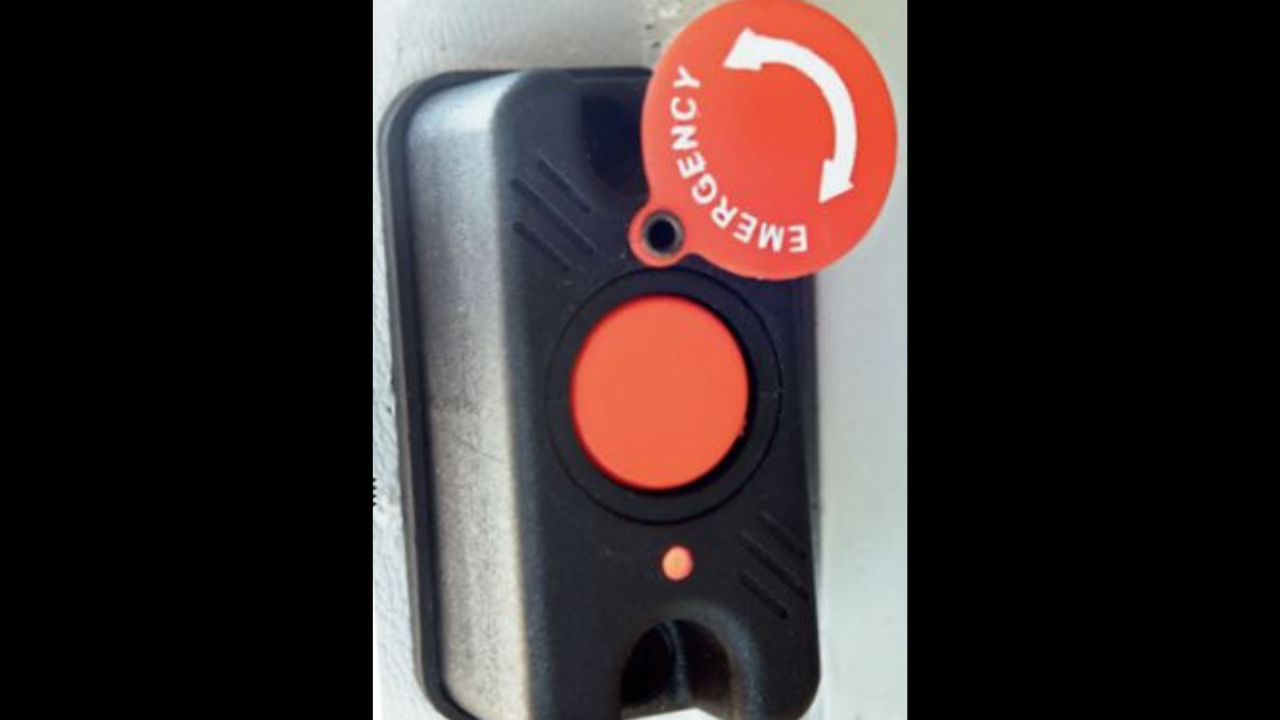
New Delhi: The anti-corruption branch (ACB) of the Delhi government has conducted an audit of the panic buttons installed in DTC and cluster buses besides taxis and autos and found glaring irregularities.
It has been found that not a single complaint emanating from panic buttons has been reported to 112 (control and command room of the police) as there was no integration between 112 and the control room, making the entire exercise futile.
The ACB made random calls to the drivers and that too drew a blank due to almost zero connectivity of the radio sets with the walkie-talkies of the buses.
The audit report says that in effect “no control room is being operated to monitor the panic button alarms in DIMTS (Delhi Integrated Multi-Modal Transit System Limited).” The CCTV monitoring rooms (viewing centres) are also not being monitored, it has been claimed.
Huge loss to exchequer in panic button project, report sent to LG
It concludes that the overall failure of the project has caused a huge loss to the government exchequer and that there are serious lapses on part of the officials of the transport department in supervising the project.
The ACB has conveyed to the LG the findings in the report and written to the secretary, directorate of vigilance, requesting for approval for registration of an FIR under the Prevention of Corruption Act.
After the ACB received a complaint in mid-June this year, a dedicated team was formed to carry out a ground check of the panic buttons.
The Delhi government had initiated installation of these panic buttons to ensure safety of women passengers as well as an immediate response to any untoward situation. Whenever the button is pressed, it should raise an alarm with the driver and conductor of the bus and simultaneously alert the main control and command room at Kashmere Gate.
The control and command room is then required to confirm the grievance of a passenger from the driver or the conductor by the means of a walkie-talkie. The complaint has to be then forwarded to 112 (emergency response system or ERS) for necessary action.
The control and command room is being run by a private firm. Besides this, 41 viewing centres (CCTV monitoring rooms) are also supposed to functioning.
When a team of ACB officials inspected the control and command room at Kashmere Gate, it was found that most of the display screens were non-functional, the report claims. Also, the control room had no connectivity through radio sets with walkie-talkies in most of the buses.
Moreover, the viewing centres (CCTV monitoring rooms) were not being manned by qualified operators as the company hired for this had not provided any, claims the report.
“During further verification, it was surprising to notice that not even a single complaint emanating from the panic button has been reported to ERS/112 (control and command room) since the beginning of this project. There is no integration of the ERS control room with the panic button control room which therefore makes the entire exercise futile,” says the report.
“Thereafter, random test calls were made to the drivers of the buses to check the functioning of the panic button and that also ended in vain (sic) due to almost zero connectivity of the radio sets with the walkie-talkies of the buses,” said the report.
Various teams of ACB officials carried out random inspections and the drivers and conductors “stated that they have never received any response from the control room at the time of pressing of the panic button by the passengers”, it has been claimed.
During the inspection of the panic buttons in taxis and auto-rickshaws, it was found that the GPS system and panic buttons installed in these vehicles too yielded no response. It was also noted that no response from the control room has ever been received to assist passengers who pressed these buttons.
Under the Central Motor Vehicle Rules, all public service vehicles registered after January, 2019 are mandated to be fitted with vehicle location devices, including panic buttons.
According to the report, each DTC and cluster bus has two wireless walkie-talkies, three CCTVs, one GPS system and 10 panic buttons.

